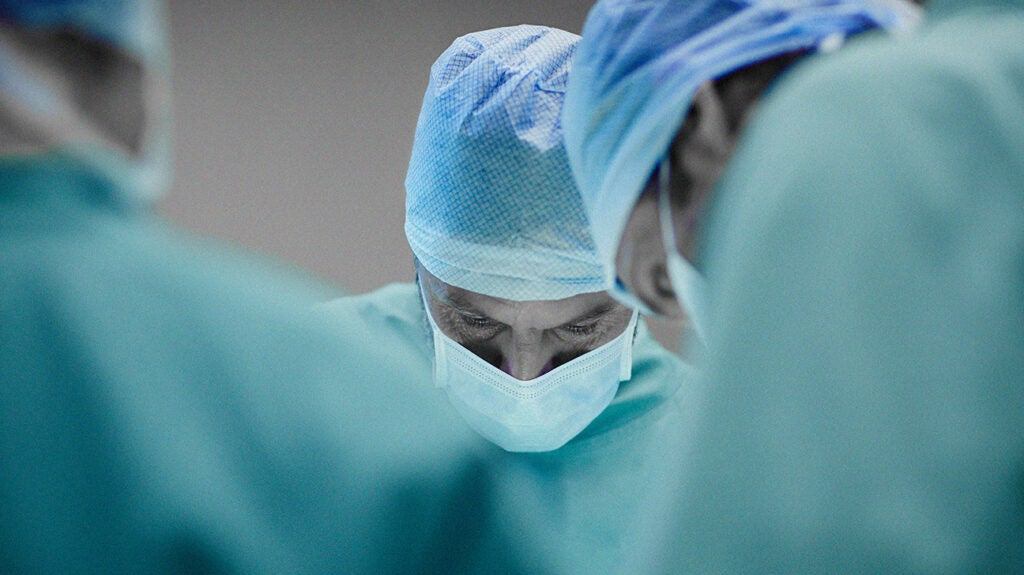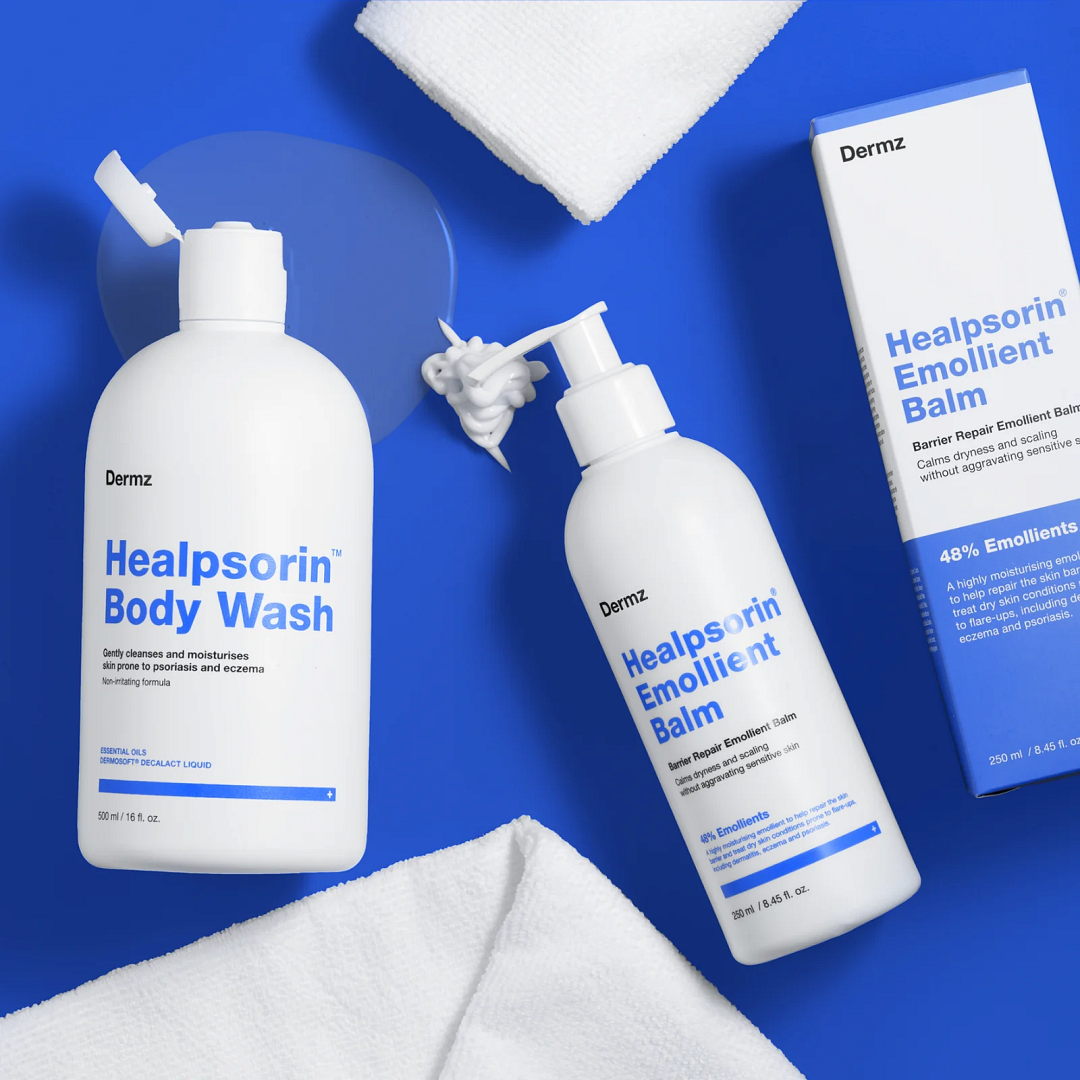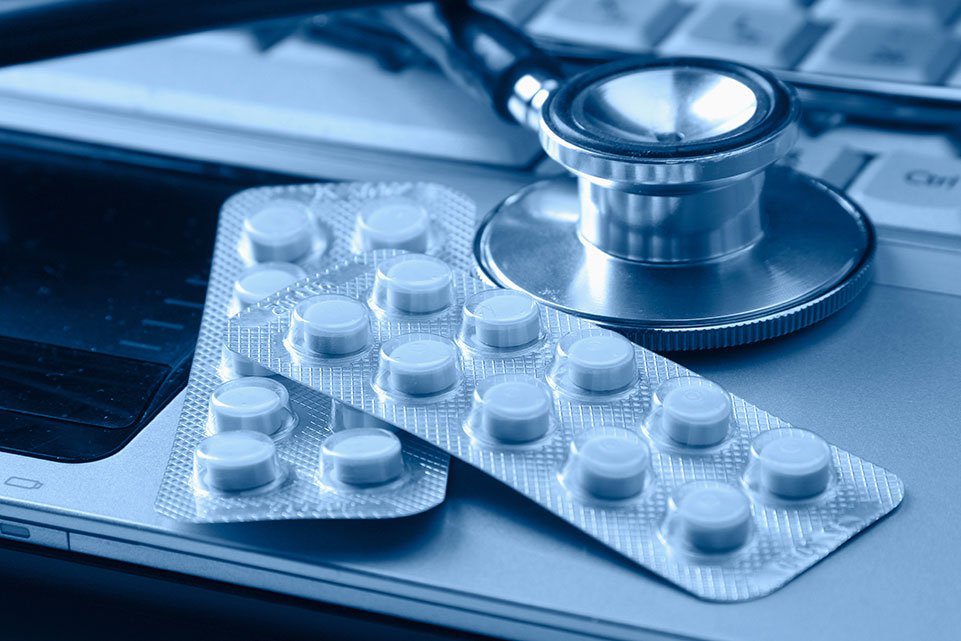Recovering from a circumcision, whether for yourself or your child, can often be a journey filled with questions and a bit of anxiety. Understanding the best practices for a smooth and comfortable recovery is crucial. This process, while common, involves careful attention to Hygiene, pain management, and proper wound care.
With expert guidance and the right approach, healing can be straightforward and less daunting. For those in London, the Circumcision Clinic London is a beacon of reliable care and support, setting a high standard in post-circumcision recovery. The following sections delve into essential tips and practices for safe and swift healing. Top of Form
Recovery from Circumcision: 5 Best Practices
Maintain Hygiene
A critical aspect of circumcision recovery is maintaining cleanliness. It’s important to gently wash the area daily with warm water, avoiding harsh soaps or chemicals that can irritate the wound, patting the area dry carefully rather than rubbing ensures minimal discomfort and irritation.
Parents caring for a circumcised infant should also change diapers frequently to prevent infection. In cases of adult circumcision, wearing loose, breathable underwear can help keep the area clean and dry, reducing the risk of bacterial growth and promoting faster healing.
Manage Pain Effectively
Pain management is vital post-circumcision. Over-the-counter pain relievers like acetaminophen or ibuprofen can be used to alleviate discomfort. It’s essential to follow the recommended dosage and consult with a healthcare provider, especially when managing a child’s pain.
For infants, pain relief involves comforting techniques like swaddling or offering a pacifier. Avoiding strenuous activities and applying cold compresses can help reduce swelling and pain in adults. The key is to stay ahead of the pain for a more comfortable recovery period.
Follow Doctor’s Instructions
Every circumcision case is unique, and following the specific instructions your healthcare provider provides is crucial. This includes guidance on cleaning the wound, changing dressings, and avoiding any specific activities.
For instance, in the case of infants, parents might be instructed on how to apply a new bandage at each diaper change. Adults may receive recommendations on refraining from certain physical activities or sexual intercourse for a specified period. Adherence to these guidelines ensures a complication-free recovery.
Monitor for Signs of Infection
While infections are rare, vigilance is vital during the healing process. Signs of infection include increased redness, swelling, persistent pain, or discharge from the wound. Fever in infants can also be a red flag.
If any of these symptoms are observed, contacting a healthcare provider immediately is essential. Regular check-ups, as recommended by your circumcision clinic, can help in early detection and treatment of any potential complications.
Proper Wound Care
Proper wound care plays a significant role in the healing process. This may involve applying a specific dressing or ointment as your healthcare provider advises. For infants, applying a petroleum jelly-based product is often recommended to prevent the wound from sticking to the diaper.
Adults might be advised to use a sterile gauze dressing for the initial days post-surgery. Understanding and following these wound care techniques to promote healing and prevent irritation is important.
The Recovery Phase: What to Avoid After Circumcision?
Recovering from circumcision requires not only following best practices but also being aware of what to avoid to ensure a smooth and complication-free healing process. Here are key things to steer clear of during the recovery phase:
Engaging in Strenuous Physical Activity
After a circumcision, it’s crucial to give your body time to heal. Engaging in strenuous physical activities, including heavy lifting, rigorous exercise, or sports, can increase the risk of bleeding and wound disruption. This is especially important in the first few weeks post-procedure. Such activities can exacerbate swelling and delay the healing process.
Ignoring General Health and Nutrition
Recovery isn’t just about the wound; it’s about the body as a whole. Neglecting general health and proper nutrition can impede the body’s healing process. A balanced diet rich in vitamins and minerals, particularly those that aid in wound healing, like Vitamin C and Zinc, is essential. Dehydration can also be a concern, particularly in children, so ensuring adequate fluid intake is key.
Wearing Tight or Irritative Clothing
The type of clothing worn after circumcision can significantly affect the comfort and healing process. Tight, restrictive clothing or underwear can irritate the sensitive surgical area, cause friction, and lead to discomfort. Choosing loose-fitting, soft fabrics can help reduce irritation and allow the wound to breathe, promoting faster healing.
Exposing the Wound to Unhygienic Conditions
Hygiene is paramount post-circumcision. Exposing the wound to unclean environments, such as public swimming pools or dirty bathtubs, can introduce bacteria and increase the risk of infection. It’s recommended to avoid submerging the wound in water until it is fully healed.
Neglecting Emotional Well-being
The emotional aspect of recovery is often overlooked. Understanding and accepting the limitations during recovery is essential for the mental well-being of adults. For children, especially those old enough to understand, explaining the procedure and providing comfort is crucial.










